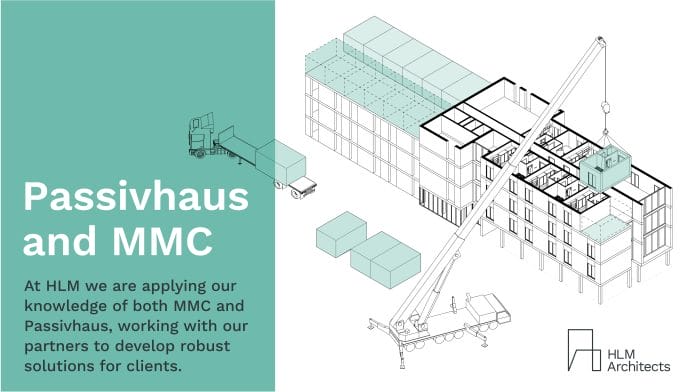
We are are committed to evolving our approach to design and development, and our team of certified Passivhaus House Designers is growing as the need for sustainable places is recognised more widely. Meet the team, and find out what inspired them to pursue the certification.
What interested you in becoming a certified Passivhaus designer?
I visited the Centre for Alternative Technology when I was younger, and since then have always had an interest in sustainability and efficient design.
The World’s first Passive House, Darmstadt-Kranichstein, was completed around the same time that I started my career, in the early 90s
Have you always had an interest in Passivhaus design?
My interest in Passivhaus specifically has been pretty much since its conception – around thirty years.
I have been aware of Passivhaus since the 1990s, and was always interested in the work achieved; and the proof they have that net zero is possible.
Have you seen the demand for Passivhaus design grow over the last few years and if so, why do you think this has happened?
As building regulations regarding heat and fuel consumption have been tightened, it has become more of a buzzword.
It’s the next step beyond ‘near zero’ – if we can achieve more, then why shouldn’t we?
COP26 is going on this year, and all buildings should be designed to be passive, so that we can reach the targets.
HLM Architects has a bold and ambitious aim of achieving RIBA’s Sustainable Outcomes 2030 targets on all projects by 2025. Why do you believe Passivhaus design is so important to delivering a more sustainable built environment?
The building requires less input, can be off-grid and achieves air and comfort standards passively.
What are the main benefits to Passivhaus design?
They are good for the environment, provide excellent indoor air quality, have low running costs, and provable Return on Investment.
There is evidence that in Passivhaus schools, they provide a more productive learning environment due to quality of air and comfort – it suggests that by following Passivhaus measures, we could see an increase in performance and health.
What new skills/knowledge are you most looking forward to incorporating in new Passivhaus projects?
Providing proof that the building design is as energy efficient as is possible, through the use of software.
What knowledge gained from undertaking the Passivhaus qualification do you see benefitting projects the most?
More in depth understanding of thermal bridges and thermal insulation
Do you have any other thoughts on Passivhaus as a concept, or its future?
Traditional methods of construction combined with good workmanship could achieve Passivhaus – it doesn’t necessarily have to be more expensive materials. I’m looking forward to seeing where it progresses to.
Related posts


